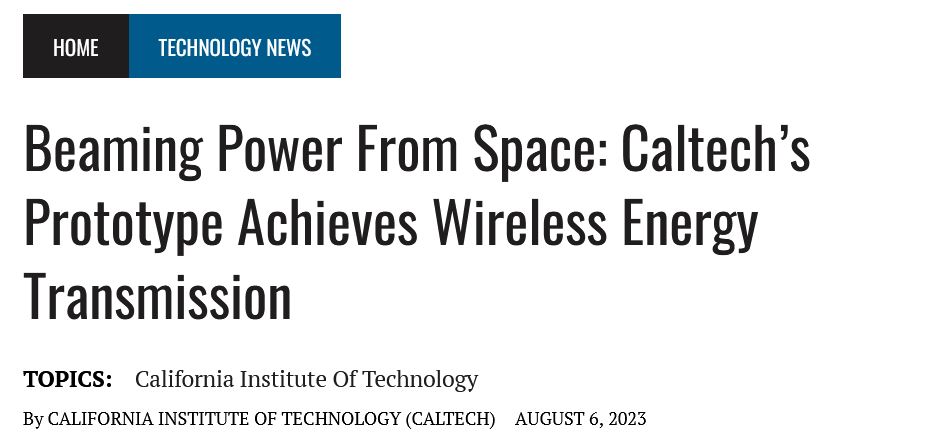
WaPo: Rabbits are Better Pets
WaPo: Rabbits are Better Pets
Cats and dogs have an outsize carbon footprint, mostly because of their carnivorous diet. If the pet food industry, which mainly feeds dogs and cats, were a country, it would rank as the 60th-highest greenhouse gas emitter, equivalent to the Philippines.
When I was an RA at Ohio State my senior year, me and a few other RA’s got a bunny. We named him Travis. I don’t recall how or why we got a pet rabbit. Lisa, an RA in Barrett, was very sweet and loved animals, so it was probably her idea. Scott and I liked spontaneous dumb ideas, so we were in, and Barb liked being in on the secret.
Continue reading










